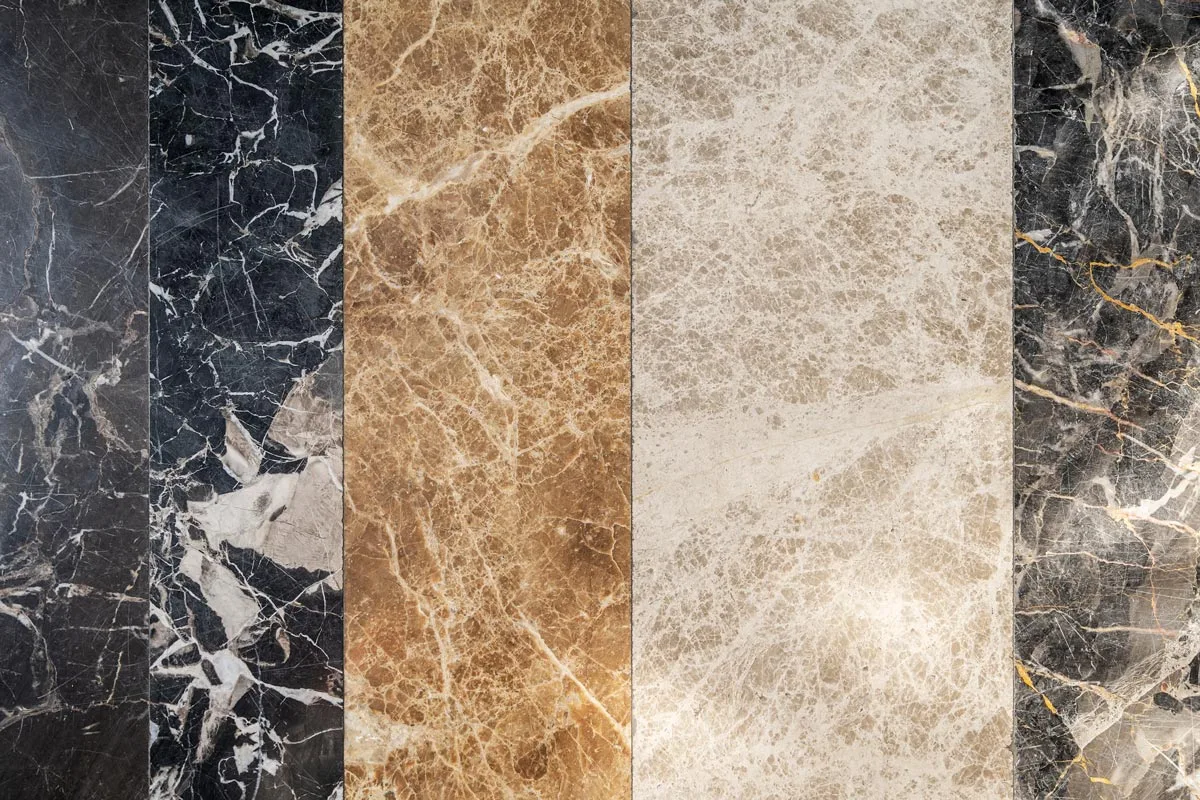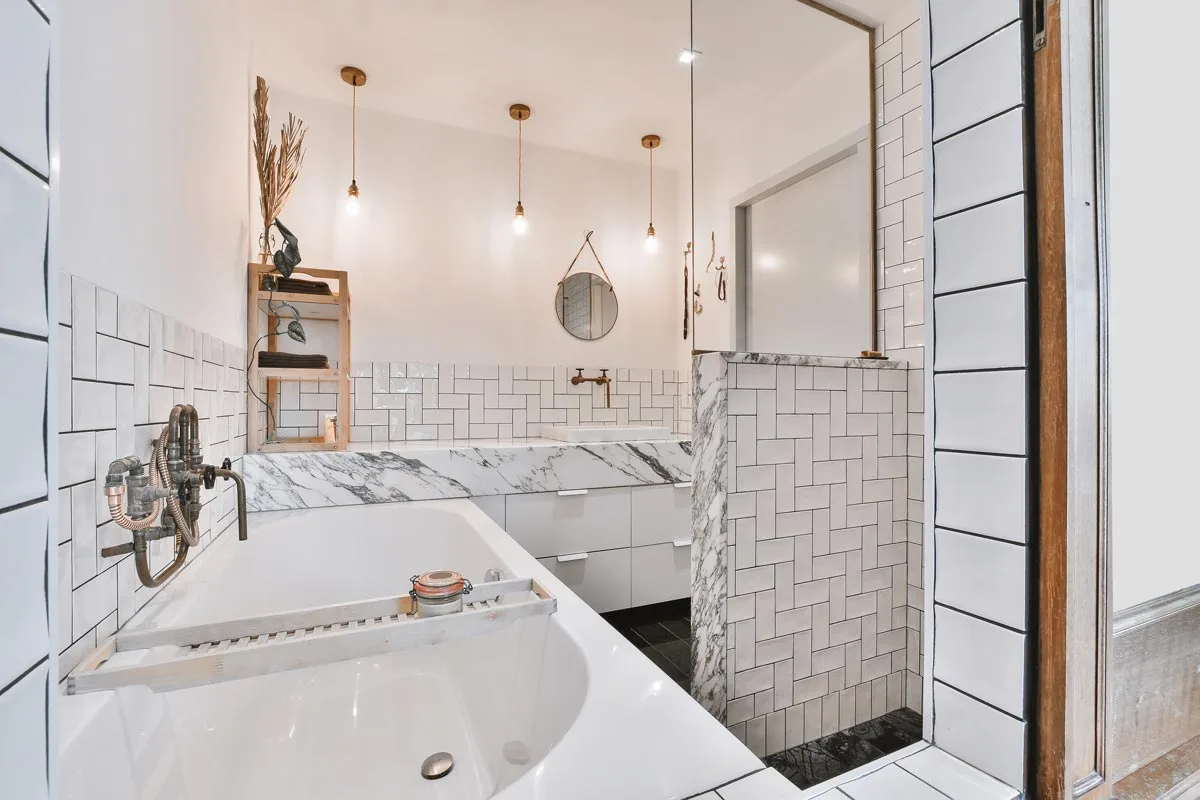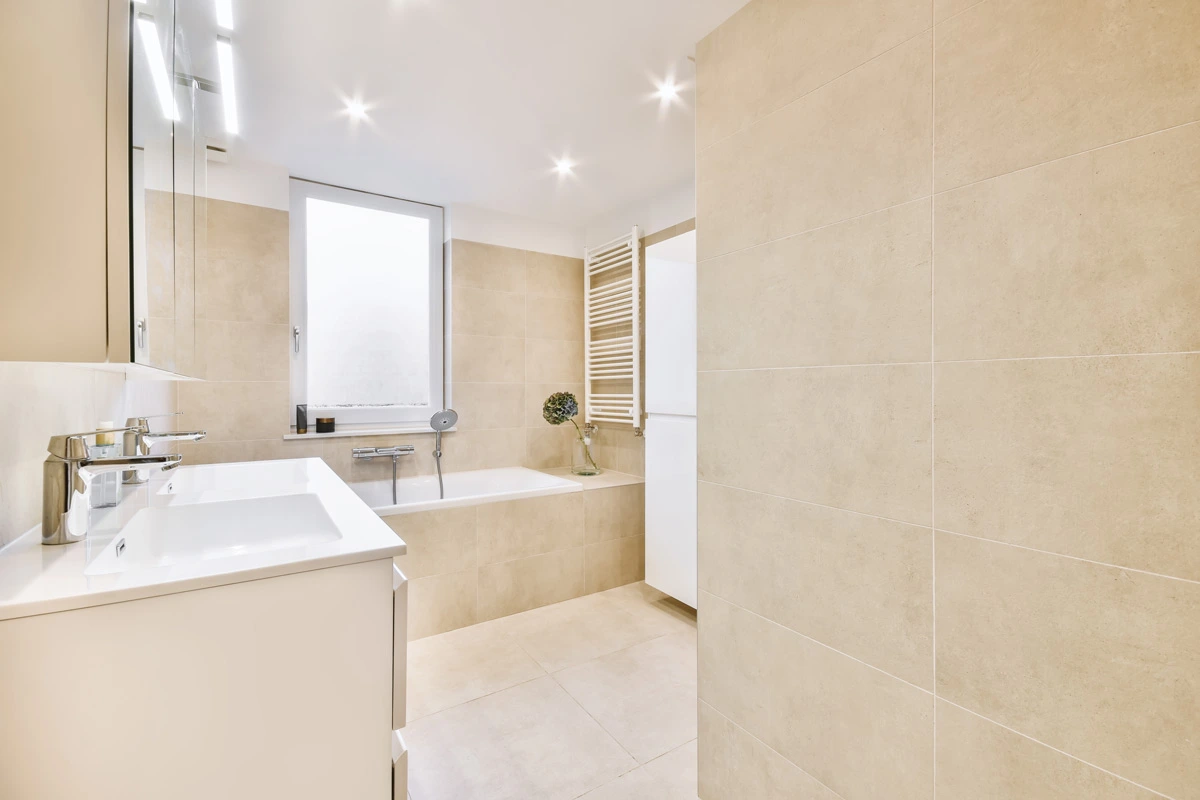When it comes to bathroom tiling , selecting the right grout colour is just as crucial as choosing the perfect tiles. The grout you pick can dramatically alter the overall look of your bathroom, either making your tiles pop or creating a seamless, unified appearance. Let’s dive into the art of choosing the ideal grout colour for your bathroom tiles.
Understanding the Importance of Grout Colour
Grout does more than just fill the gaps between tiles. It plays a significant role in defining the look of your floors and walls, outlining patterns, and contributing to the overall aesthetic of your bathroom. The right grout colour can elevate your tile design from ordinary to extraordinary.
The Three Approaches to Grout Colour Selection
When choosing a grout colour, consider these three main approaches:
1. Matching
Matching your grout colour to your tiles creates a seamless, monochromatic look. This approach works well when you want the overall scheme to be the focus, with the grout and tiles blending together
It’s particularly effective for:
- Richly pigmented and patterned tiles
- Creating a sleek, unified aesthetic
- Making a space appear larger
Pro tip: Choose a grout colour that’s one shade lighter or darker than the tile for the best colour blend
2. Contrasting
Selecting a contrasting grout colour allows the grout lines to become a design feature in their own right. This approach works best with:
- Simple tile patterns or solid tile colours
- Creating a bold, eye-catching effect
- Highlighting the pattern or layout of the tiles
A popular example is using dark grey grout with white subway tiles for a striking contrast that feels both vintage and modern
3. Neutral
Opting for neutral grout colours like tans, beiges, greys, or creams is often the safest choice. These colours:
- Add a hint of colour without going overboard
- Tend to be universally appealing
- Can withstand changing décor trends
Practical Considerations
When selecting grout colour, it’s not just about aesthetics. Consider these practical factors:
Maintenance
Light-coloured grout, especially white, can show dirt and stains more easily. If you’re concerned about maintenance, consider:
- Using a darker grout colour for high-traffic areas
- Opting for epoxy grout, which is more stain-resistant
- Applying a grout sealer to protect lighter grouts from stains
Lighting
The lighting in your bathroom can affect how the grout colour appears. Natural light can make colours appear brighter, while artificial light might alter the perception of colour.
Tile Size and Pattern
The size of your tiles should influence your grout colour decision:
- For smaller tiles, opt for a lighter grout to create an illusion of a larger space
- For larger, modern tiles with rectified edges, consider a grout tone close to the tile colour
Step-by-Step Guide to Choosing Grout Colour
- Decide on the grout type: Different types of grout (cement-based, epoxy-based, acrylic) offer varying colour options.
- Determine your design goal: Do you want the grout to contrast, complement, or camouflage?
- Use samples: Get a full-size sample of your tile and use a grout colour chart to see how different colours look against your tile.
- Consider the overall design: Take cues from other elements in your bathroom, such as floor tiles, when choosing wall tile grout.
- Think long-term: Consider how the grout colour might age and how much maintenance you’re willing to do.
FAQs
Should grout be darker or lighter than the tile?
What's the best grout colour for white subway tiles?
How do I maintain my grout colour?
Can I change my grout colour later?
Are there any eco-friendly grout options?
Remember, choosing the perfect grout colour is both an art and a science. It’s about balancing aesthetics with practicality to create a bathroom that not only looks great but also stands the test of time. Don’t be afraid to experiment with samples and seek professional advice if you’re unsure.
By carefully considering your options and following these guidelines, you’ll be well on your way to selecting the ideal grout colour for your bathroom tiling project.
Conclusion
Choosing the perfect grout colour is a crucial step in creating your dream bathroom. It can enhance your tile design, define patterns, and contribute significantly to the overall aesthetic of your space. By considering factors like maintenance, lighting, and tile size, and following our step-by-step guide, you’ll be well-equipped to make the best choice for your bathroom tiling project.
Remember, the grout colour you choose can dramatically impact the trendy tile patterns we discussed in our previous blog, “5 Trendy Bathroom Tile Patterns to Transform Your Space “. Whether you’re working with a herringbone pattern, geometric designs, or large format tiles, the right grout colour can elevate your chosen pattern to new heights.
As you continue your bathroom renovation journey, keep an eye out for our upcoming blog, “Pros and Cons of Different Bathroom Tile Materials “. This guide will help you understand the characteristics of various tile materials, allowing you to make an informed decision that complements your grout colour choice perfectly.
By carefully considering both your tile pattern and material alongside your grout colour, you’ll be well on your way to creating a stunning, cohesive bathroom design that you’ll love for years to come.




